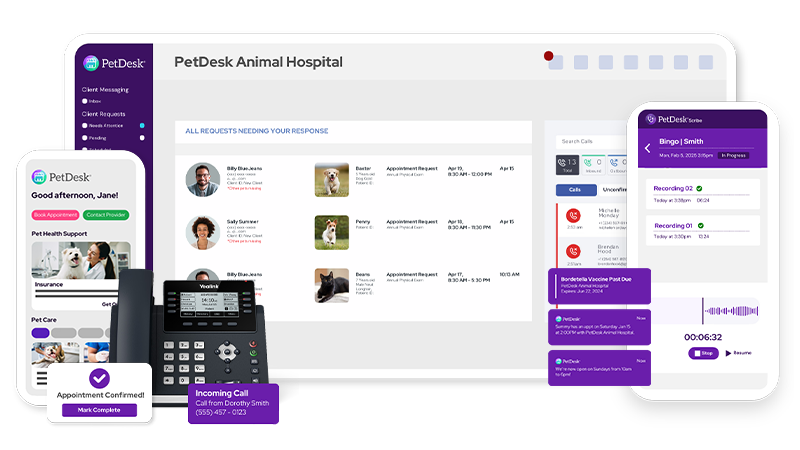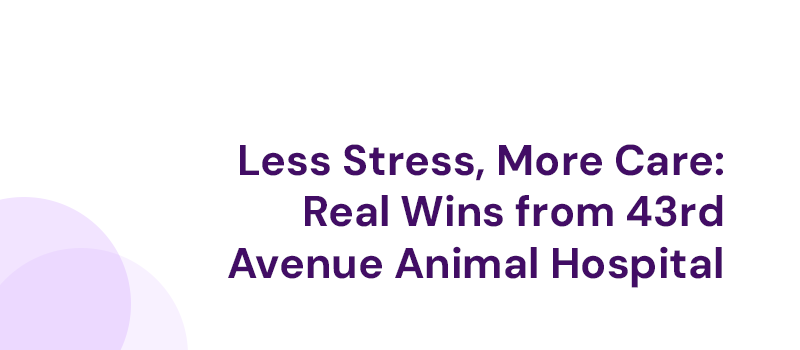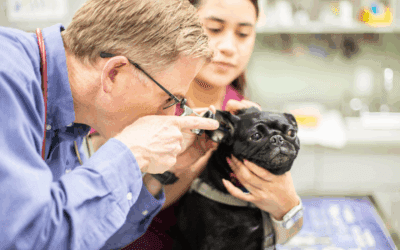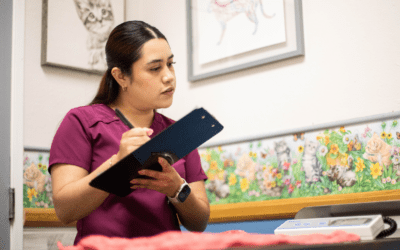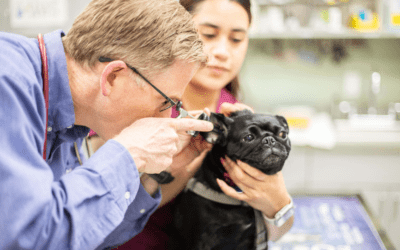the petdesk blog
Veterinary Technology
Stay current with the latest tools and technology transforming veterinary care and client communication.
PetDesk Direct Booking now integrates with ‘Reserve with Google’
Integrating PetDesk Direct Booking with Google provides an easy way for...
Why unified veterinary communication software is the future for practices
A lack of available appointment slots, long phone hold times, the...
PetDesk Scribe: How AI-powered notes help veterinarians save time and improve care
Veterinary providers are professional multitaskers, but manually...
The perfect pair: why your veterinary clinic needs direct booking and appointment requests
It’s a typical Monday morning at your veterinary clinic—the phones are...
6 questions veterinary teams asked us at WVC 2025
Exciting conversations, personalized product demos and discounts, the...
Why Transparency Builds Trust: Communication Strategies for Veterinary Practices
Trust plays a massive role in veterinary care. Pet owners place their...
Tackling burnout: adding veterinary AI solutions to documentation
Veterinary professionals face many obstacles each day, all which can...
Simplifying SOAP notes: how AI reduces documentation time for veterinarians
Veterinarians are no strangers to long hours and demanding workloads....
How PetDesk goes beyond a veterinary mobile app
PetDesk’s industry-leading mobile app completely changes the way pet...
Unlocking efficiency at your clinic with PetDesk’s veterinary communication solutions
Efficiency is a key ingredient in the recipe for veterinary success, but...
The power of a custom veterinary website for clinic success
Business websites are no longer an added convenience for curious...
Overwhelmed? Veterinary technology is here to help!
Occupational burnout is a serious concern for professionals working in...


